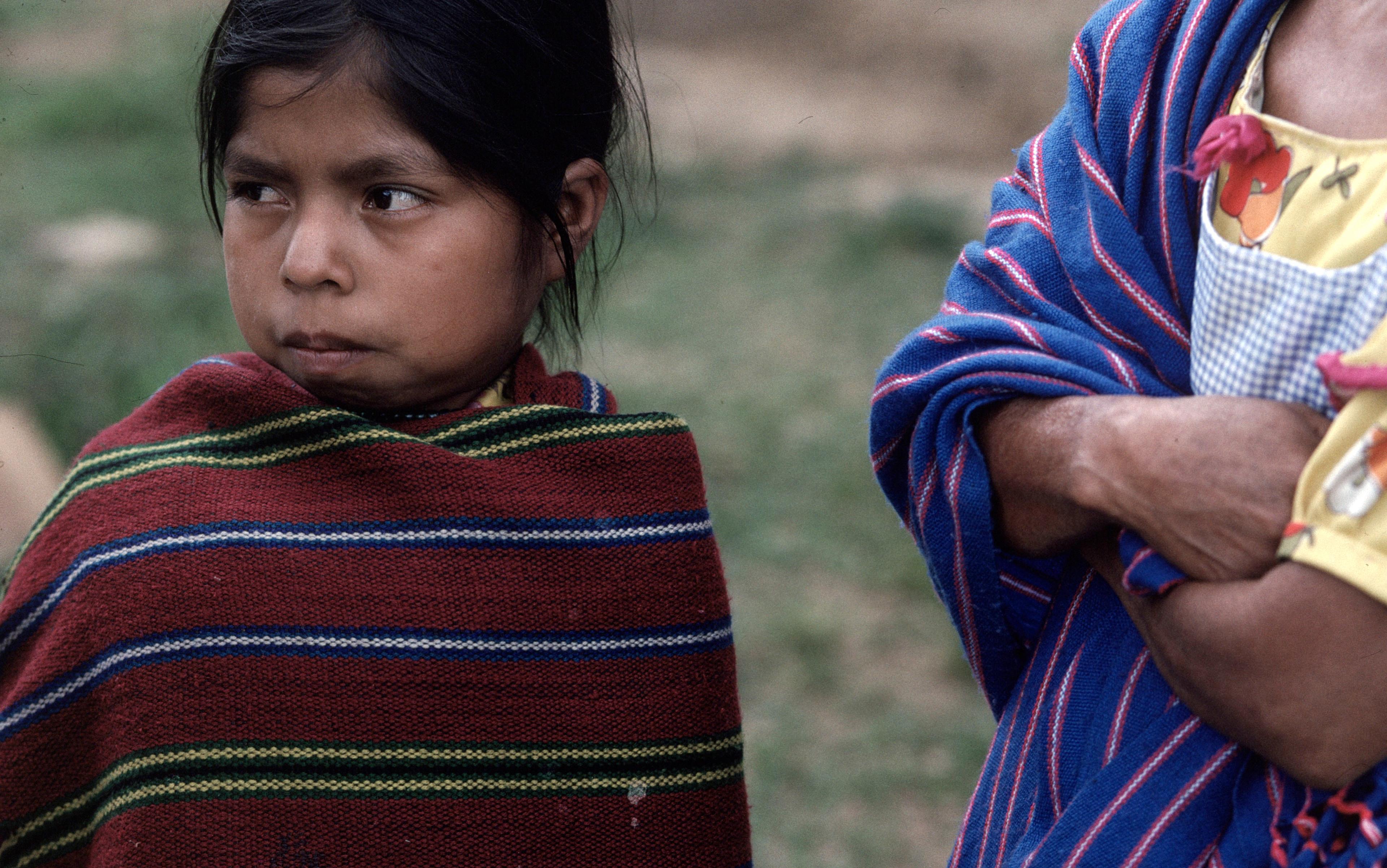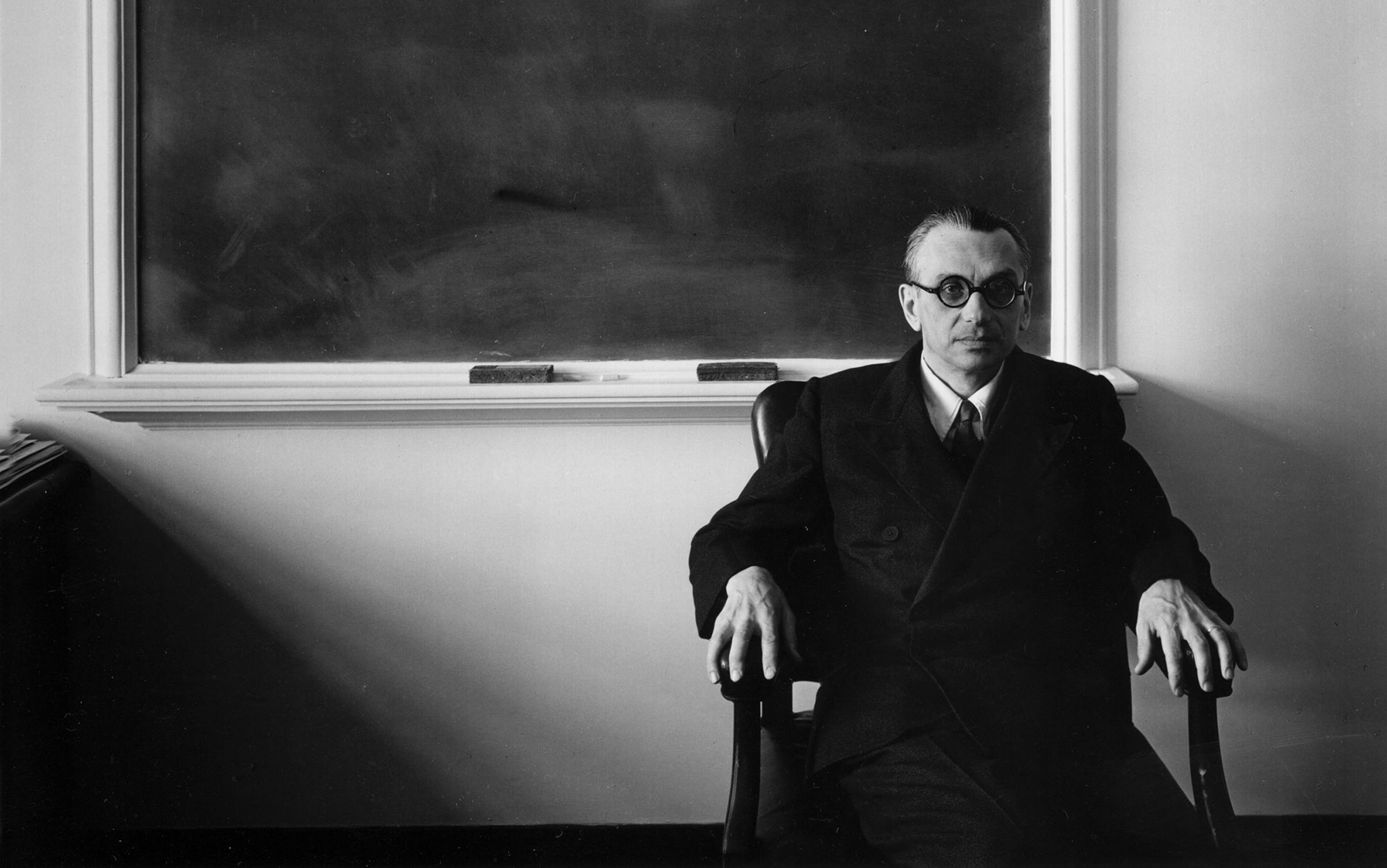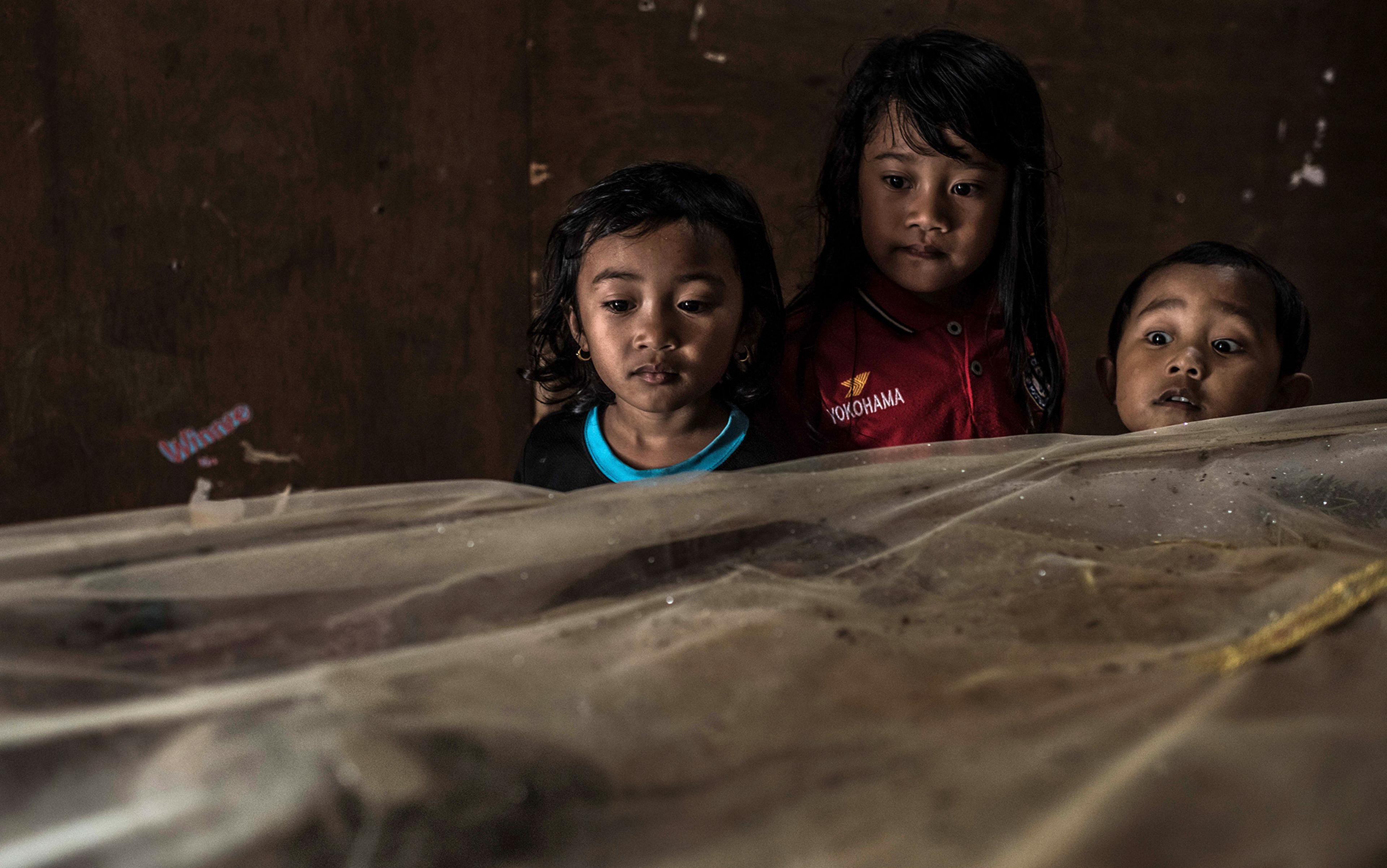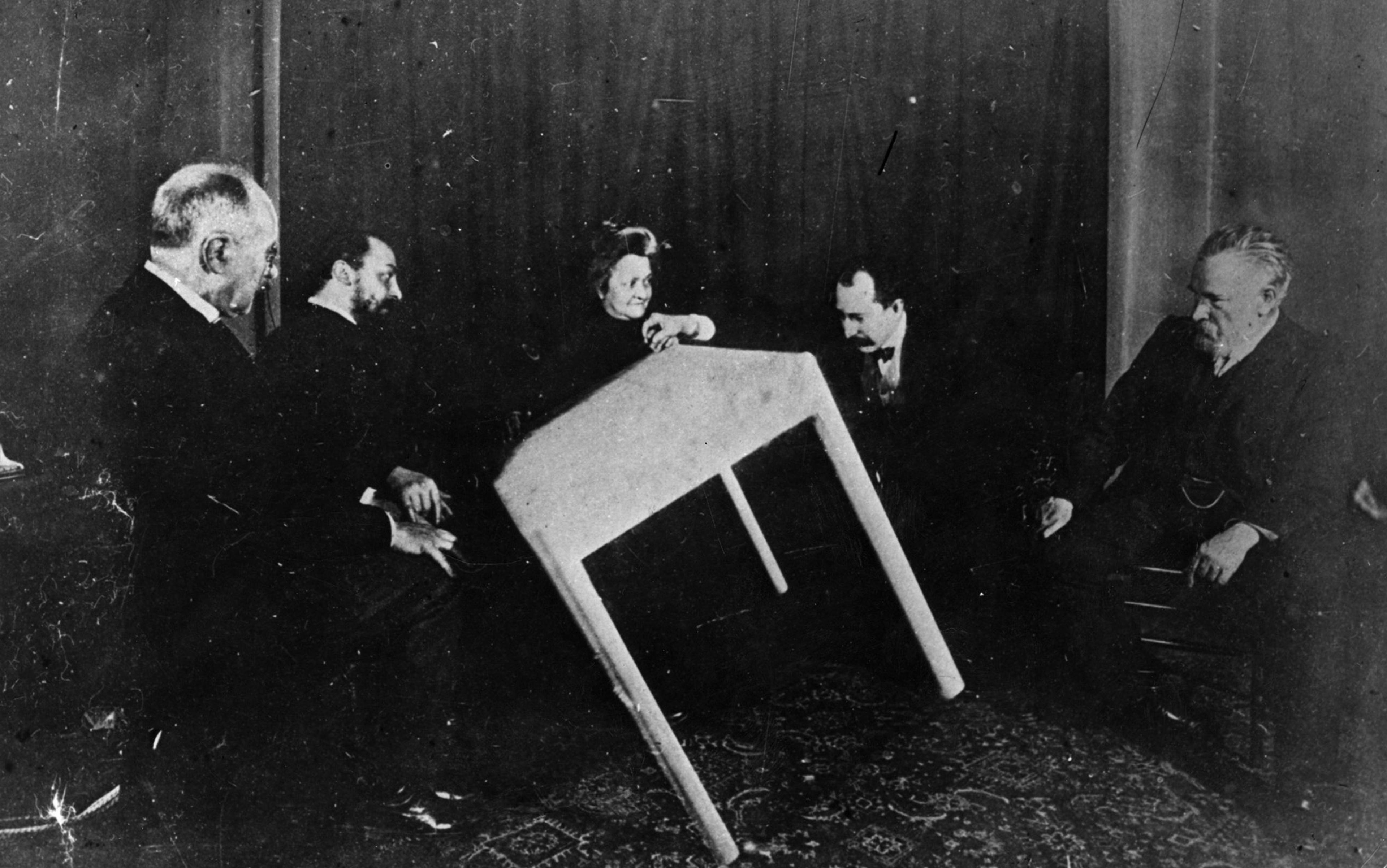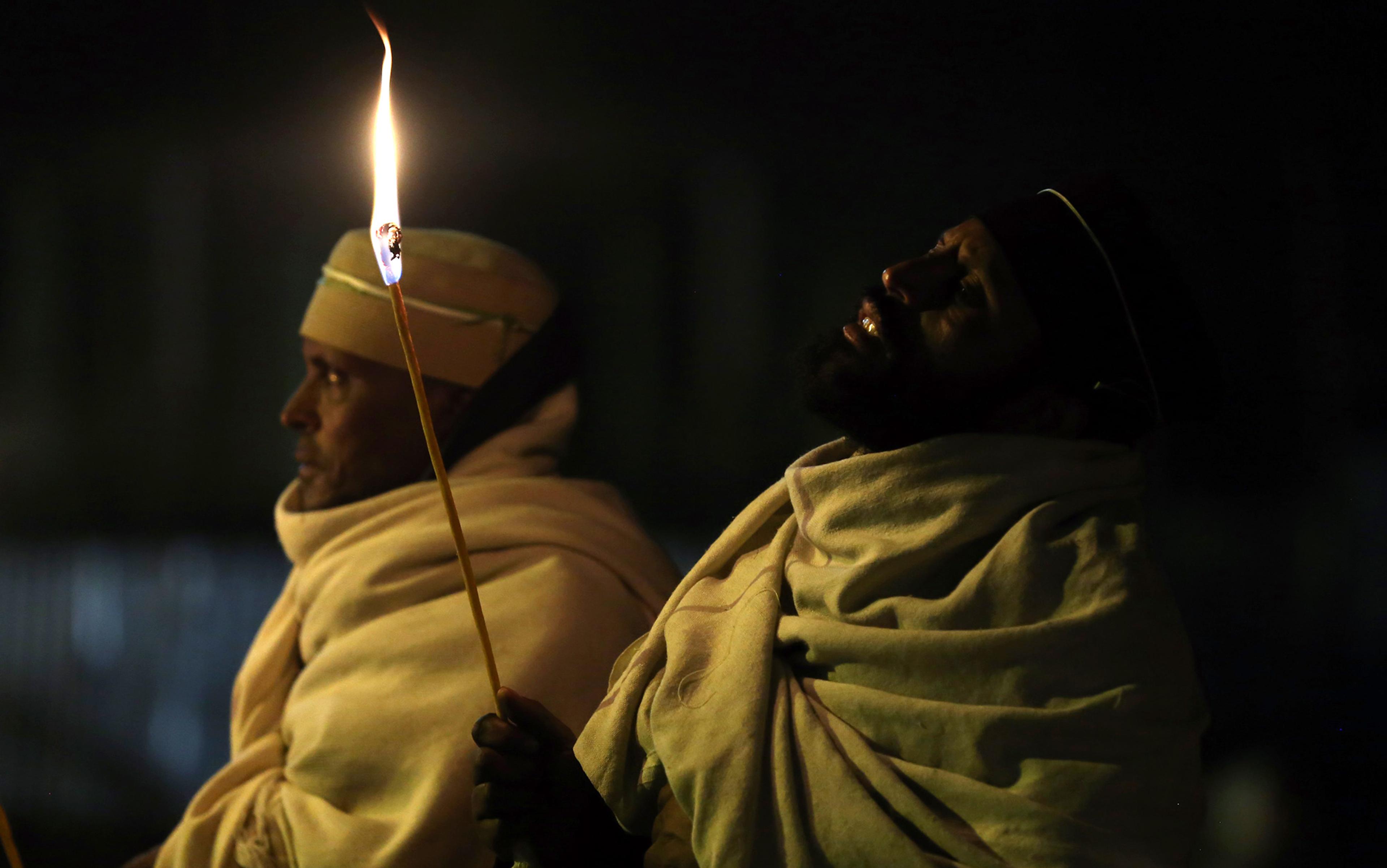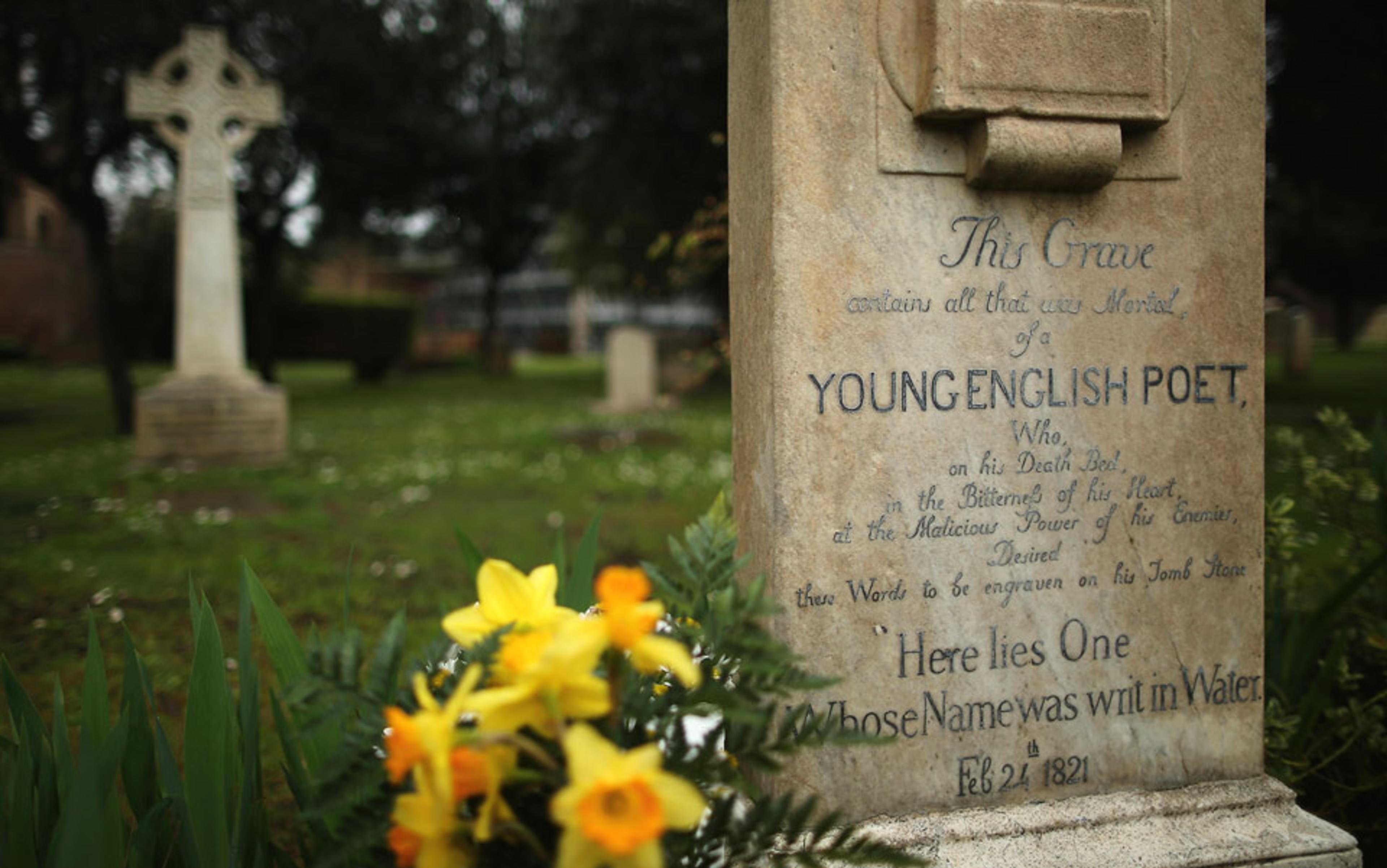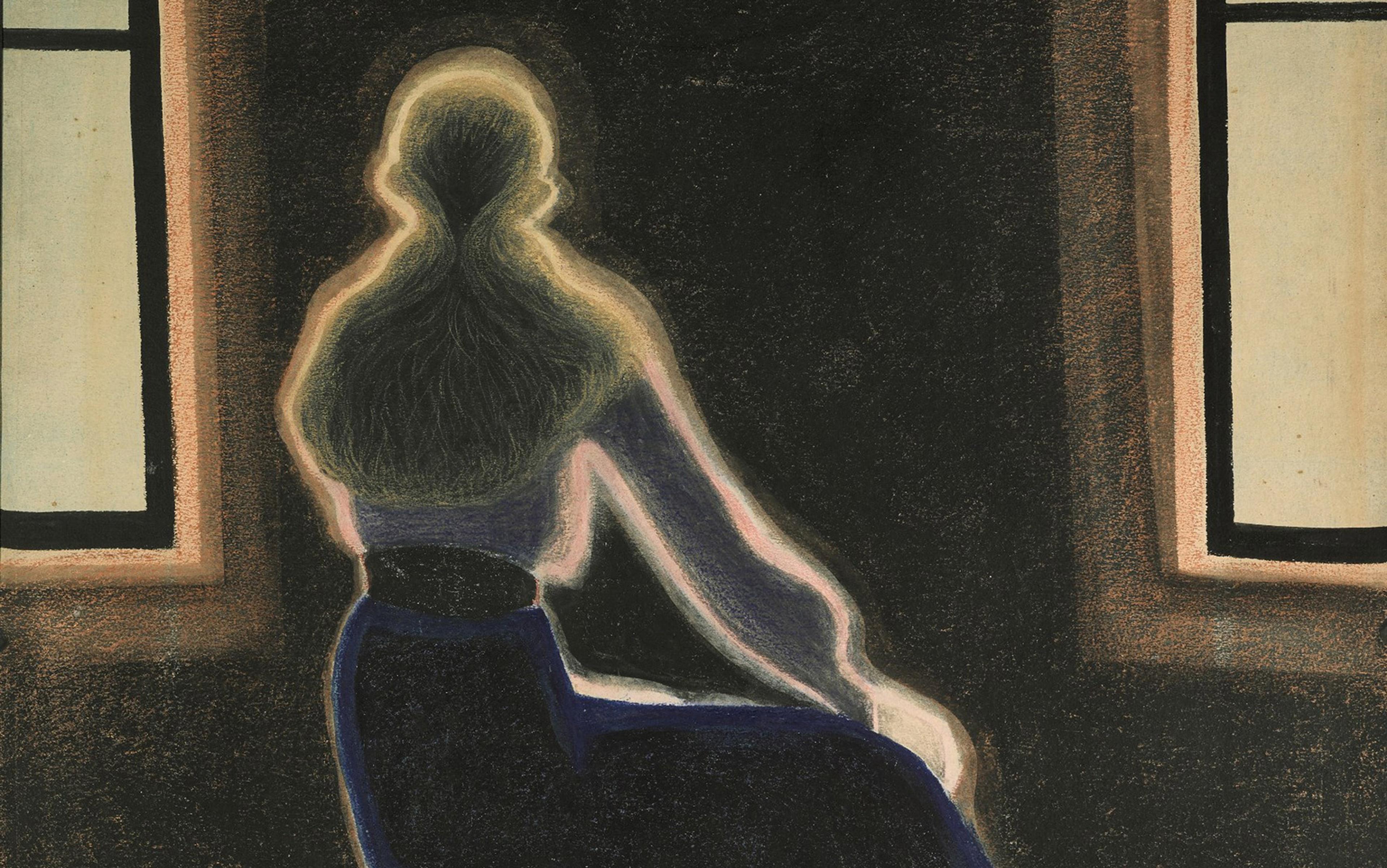What happens to people after they die? Do the deceased live on eternally as spirits? Are loved ones reunited in heaven? Or do personal memories, feelings, thoughts, desires, goals and preferences cease forever, along with brain functioning, at the point of death?
Scholars from theology to biology have attempted to answer these questions by carefully examining different pieces of evidence: they have looked to religious texts, philosophical musings and, more recently, physical anatomy and the biology of death. But for most people in most cultures, the answers to these questions do not require such fierce scrutiny. Even though accepted scientific evidence denies the possibility of immortal life, people the world over seem compelled to think about death as a transition, not an end.
This widespread, uniquely human way of thinking – observed across cultures and religions – has recently caught the attention of cognitive developmental psychologists, including myself. What I have discovered by looking at children’s untaught intuitions is that, rather than intelligence, the part of the self that is most central to our ideas about eternal life is our capacity for feeling and desiring.
This recent discovery is noteworthy in light of findings from paleontology and archeology telling us that belief in eternal life goes back tens of thousands of years. Some of the oldest documented evidence shows that modern humans were intentionally burying their dead with animal bones and shell beads in the caves of ancient Israel 100,000 years ago, long before the dawn of civilisation. Archaeologists interpret ancient ritual burials as showing a concern for the dead that likely extended beyond the physical world.
Notably, when intentional burials were discovered among our Neanderthal cousins, the stereotype of them as brainless brutes incapable of complex symbolic thought was called into question. This is because showing such concern for the dead reveals the value placed on social-group members, as well as the cognitive ability to represent group members even after they have died. Intentional burials show a level of empathy that seems a core part of us: when found in other species, we cannot help but feel connected to them.
The first written evidence of afterlife beliefs appeared around 4,000 years ago in preserved texts from ancient Sumer and Egypt. As writing spread, so did the accumulation of religious texts documenting different cultural beliefs about the fate of individuals following death: the ancient Egyptian Book of the Dead outlines funerary practices to ensure a smooth transition to the afterlife; the ancient Indian Bhagavad Gita describes the life-death-rebirth cycle and moral codes that, if followed, can eventually lead to liberation from the cycle. Although we often focus on details about the afterlife that vary by religion, it is the central notion that people continue to exist eternally in some form that unifies religions and suggests something unique and worth studying about the human mind.
Growing up in Arkansas, a heavily religious part of the United States, I was always aware of the prevalence and importance of afterlife beliefs. As a child and teenager, I was regularly exposed to religious rhetoric and practices revolving around being saved, following Jesus, and what that meant for one’s eternal salvation. Nevertheless, I came from a fairly secular household, and that, combined with being the skeptic that I am, meant I never fully bought into religion. Still, I confess that I remain sympathetic to some religious ideas, like the idea that we all have a purpose. As a teenager searching for my life purpose, I became intrigued by why so many people turn to religion for comfort and answers.
Once I began studying psychology at the University of Arkansas, I realised that religious beliefs and practices could be studied from a cognitive perspective, and I began to read the work of scientists looking for the roots of religion in everyday patterns of thought. For instance, Stewart Guthrie, an anthropologist at Fordham University in New York, proposed that much of religion could be explained by our natural tendency to attribute human qualities to nonhuman things, a phenomenon known as anthropomorphism. We see faces in the clouds and we might just see Jesus in our toast: the fact that we see anyone at all tells us that the human mind is actively searching for agents, even in the most ambiguous of situations.
When it came to explaining why we possess afterlife beliefs, the prevailing psychological theory of the day was terror-management theory – the notion that a belief in immortality could alleviate psychological distress associated with one’s awareness of impending death. Although this argument has intuitive appeal and can account for why people are so committed to their afterlife beliefs, it couldn’t explain everything.
Research by my undergraduate advisor, the psychologist Jesse Bering, now at the University of Otago in New Zealand, helped to fill in some its gaps. In one study, published in The Journal of Cognition and Culture in 2002, he found that, contrary to what terror-management theory would predict, adults’ fear of death had no relation to their immortality beliefs: even adults claiming to have no fear of death tended to believe that certain aspects of a person, in particular their mental aspects, continued to exist after death.
This meant that there had to be another explanation for people’s belief in eternal existence in the first place. Bering and his colleagues set their sights on what psychologists call ‘intuitive mind-body dualism’ as an alternative. This cognitive tendency to treat the mind as separate from the body had been well-documented by developmental psychologists. To find out whether intuitive mind-body dualism could provide a better explanation for afterlife beliefs, Bering and his co-author David Bjorklund, a psychologist from Florida Atlantic University, conducted a study with children aged three to 12 to explore their intuitions about eternal life. The study deliberately included a cluster of children too young to have been exposed to much religious testimony at all, to see whether even they had an inkling that a part of an individual survives death.
Children reasoned about the mind differently from the body after death: it was only the mind that tended to be viewed as immortal
The experiment involved a puppet show with two personified characters: Brown Mouse and Mr Alligator. After hearing details about Brown Mouse’s life, like that he got lost and was having a very bad day, participants witnessed Brown Mouse being gobbled up and killed by Mr Alligator. Following the show, children were asked which of Brown Mouse’s mental and bodily capacities still worked now that he was dead. The researchers found that even from the youngest ages, children tended to respond that the dead mouse retained its mental faculties, such as the ability to experience sadness and know things, but that it no longer had bodily states, like the need to eat or drink. As the researchers reported in Developmental Psychology in 2004, this was consistent with intuitive mind-body dualism and confirmed that children reasoned about the mind differently from the body after death: it was only the mind that tended to be viewed as immortal. Notably, they found that younger children were more likely than older children to endorse the idea of eternal life.
Yet this last finding was called into question a year later by the psychologist Paul Harris of Harvard University and the researcher Marta Giménez of the National University of Distance Education in Spain. Reporting on a study with seven- to nine-year-olds in The Journal of Cognition and Culture, they found that belief in immortality grew stronger, not weaker, with age. Religious concepts such as ‘heaven’ and ‘the soul’ were prevalent in children’s responses at all ages, indicating that even the youngest children had been impacted by religious ideas.
The notion that children must learn to believe in eternal existence seemed plausible for several reasons. For one, it is hard to know exactly when children are first exposed to religious ideas about the afterlife because such ideas are widely discussed and permeate media directed towards children (think of Casper and Scooby-Doo). Additionally, decades of research have shown that parents are reluctant to talk to their children about the finality of death. Instead, they generally provide what they believe to be more comforting and appropriate explanations, which are often religious in nature.
Thinking back, I remember when I was about eight years old I asked my mother: ‘Where will I go when I die?’ Even though my mother was not affiliated with any religion, she assured me that all children go to heaven because all children are innocent. I have the sense that telling any child that people don’t go anywhere after they die – that they are just dead – would present a challenge for even the most seasoned parent.
Discrepancy between the studies meant that profound questions had yet to be resolved. Most especially: was cultural influence actually a necessary ingredient for eternal life beliefs, or is the sense that we are immortal so powerful and intuitive that it transcends culture and, instead, resides as a permanent fixture in the human brain and mind? This was the research I took on in 2007 as a PhD student at the Institute of Cognition and Culture at Queen’s University in Belfast, where Bering had taken the position as director.
To evaluate whether children possess a deep-rooted, unlearned sense that there is eternal life, I had to find a new experimental approach. My solution was to develop a way of examining children’s intuitions about the prospect of eternal life that avoided the topic of death entirely. After much contemplation and correspondence with Bering, I decided that asking children about the time before biological conception might resolve the issue. This period, known as ‘prelife’, is embraced by religions such as Hinduism that include the concept of reincarnation. However, elaborated religious beliefs about prelife are far from widespread. As such, the concept of prelife nicely represents the antithesis of afterlife without all the cultural baggage that could inform children’s reasoning.
After carefully considering different cultural settings to conduct my research, I decided on Ecuador because it afforded the opportunity to study two distinct cultural groups both lacking religious prelife beliefs: an urban group and a rural indigenous group. The two groups shared a common language – Spanish – but they were different in most other respects. For example, the urban Ecuadorian children came from a city near the capital of Quito and were predominantly of Spanish-Amerindian descent and Catholic. The Catholic faith outright rejects the possibility of existence before conception.
The rural children came from the Shuar indigenous community in the Amazon Basin of Ecuador. The Shuar have largely maintained their traditional way of life as hunter-horticulturalists who live in small groups in the Amazon rainforest. Like most indigenous groups in Ecuador, the community I worked with has been influenced by Christian proselytisation efforts. Their religion is best characterised as a mix of Evangelical Protestantism and traditional beliefs, including witchcraft. However, like urban Ecuadorians, the Shuar do not hold religious beliefs supporting the view that they existed before conception. Finding similarities in intuitive belief systems among such radically different cultures just might tell us something about universal features of the human mind.
Our deep-seated intuitions about what constitutes the core of a person – the capacity for emotions and desires – underlies the belief in eternal life
After I moved to Quito to begin my research, I learned the challenges of this work. These included adjusting to the local cuisines and cultural norms, including the fact that in Ecuador women are typically viewed as having a lower social status than men. I also had to become fluent in Spanish, requiring six months of intensive language classes five days a week. My early days in Ecuador were filled with a range of emotions, from the loneliness of missing my family and friends to awe at being in such a beautiful country.
Yet things became easier with time and I soon began data-collection. Not far from Quito, I had been working at local public schools and developed good relationships with the teachers and directors. After discussing my research goals, we developed a plan for carrying out the study at the schools.
The basic format followed the method used by Bering and Bjorklund. However, to make the task more concrete and easier to understand, children were asked questions about their own capacities during prelife rather than about another individual. Each child was shown three pictures depicting the child and the child’s mother in the past: the first picture depicted the child as a baby, the second depicted the child’s mother while pregnant with the child, and the third depicted the child’s mother before she was pregnant with the child (prelife).
Moving gradually backwards through each time period, children were told what each picture represented. When we got to the final image, we said: ‘This is your mother before she was pregnant with you, that is, before you were in your mom’s belly.’ It was while looking at this image that children answered a series of questions about mental and bodily state functions during prelife. During the course of several weeks, I interviewed more than 200 urban children between the ages of five and 12 years.
After I completed most of the interviews with urban children, I travelled to a remote Shuar village in the Amazon, staying with a family in their plank-wood structured home. I ate with them daily, sharing meals of boiled rice, plantains and yucca, and interacted with other villagers, including, of course, the children. With the help of community members, I was able to interview all of the village children, just under 80 of them, in the right age range.
Although the Shuar children were a bit more reserved than the urban children, they did not appear to have any difficulty understanding the questions. After the interviews were completed, I said my goodbyes and travelled back to Quito to finish a few remaining interviews with the urban children and to prepare for my return to Belfast. After spending nearly a year in Ecuador doing this work, meeting so many amazing people, and creating a life for myself, I found it difficult to leave.
It took a bit of time to readjust to life and social customs in Belfast, but I got down to work and spent the next several months transcribing, translating and coding children’s responses. Finally, the moment of truth arrived. Was it the case that children from these two radically different cultures who have never been exposed to any kind of religious prelife beliefs nevertheless hold the belief that some part of them existed eternally before birth?
Remarkably, the study showed that they did. Namely, children from both cultures had a persistent bias to judge that their emotions and desires – but not their intelligence or bodily states – remained intact during the time before pregnancy. What’s more, the intuition that one’s emotions and desires were eternal endured even as the children grew older, although older children judged they had fewer prelife capacities overall.
These results, which I published with the psychologist Deborah Kelemen of Boston University in Child Development last year, tell us that children struggle to imagine a time when they did not feel or desire. Finding this pattern from early in development and among both indigenous and urban children strongly supports the notion that our deep-seated intuitions about what constitutes the core of a person – the capacity for experiencing emotions and desires – underlies the belief in eternal life. While exposure to religion can elaborate these intuitions, as they certainly do in the case of afterlife beliefs, belief in eternal existence does not depend on being exposed to religious teachings that support these ideas.
In addition to showing that eternalist beliefs are not learned, another significant finding from this work is that children did not think that they had intelligence during the time before conception. This suggests that children are not simply relying on intuitive mind-body dualism to guide their judgments. Rather, from early on, they are sensitive to different aspects of the mind and view only emotionality and desires as the essential core of an individual; these traits, rather than pure intelligence, are what humans intuitively embrace as so elemental that they are thought to precede our existence on Earth.
Whether providing deceased loved ones with proper burial or visiting their gravesites, we feel connected to those who preceded us in death
The intuitive ideas that children hold about emotions and desires as being separate from intelligence have long functioned as cultural tropes. The Greek philosopher Aristotle argued that people have an ‘appetitive soul’ that involves feelings, desires and sensations as well as a ‘rational soul’ that involves reason and intelligence. He acknowledged that while the appetitive soul is present from early on, rationality emerges only later in development. More recently, the psychoanalyst Sigmund Freud similarly described two competing forces of the unconscious: the ‘id’, which comprises our primal self and urges, and is present from infancy, and the ‘superego’, which reflects our more controlled and rational abilities that derive from being part of a society.
Separating these divergent elements of the mind recurs across history and religion, and appeals to our underlying sense that what makes us human is more than just our intelligence. Indeed, the most fundamental, ever-present part of us is not our rationality but rather our capacity for feeling and desiring. As mightily as we try to separate our feelings from our more rational cognitions, psychologists have long known that this is impossible. So much of our reasoning and decision-making is determined by ‘gut instincts’. Not only are we aware of this, but we expect others to universally share and be guided by these qualities.
These expectations are part of what psychologists call social reasoning, which helps us navigate our social world. Social reasoning is such a robust part of our psychology that we find it nearly impossible to shut it off. It helps to explain why, when a loved one passes away, we are compelled to continue thinking about that person as persisting in some form. Whether by providing our deceased loved ones with a proper burial, visiting their gravesites or leaving offerings for them, we show that we still care about and feel connected to those who have preceded us in death.
While children’s prelife intuitions tell us that believing in eternal life is probably a largely unlearned part of our human psychology, engaging in religious practices can certainly strengthen and elaborate these beliefs. This is most obvious when looking at afterlife beliefs, which are pancultural. My recent work with the anthropologist Anikó Sebestény of the University of Paris in Nanterre shows that Balinese Hindus’ daily ancestor-worship rituals reinforces their belief that the dead have a range of mental capacities. In fact, Balinese Hindus’ afterlife beliefs are much stronger than what has been found in Western, East Asian (Chinese) and traditional small-scale societies. Immersion in religion also enhances prelife beliefs, something I found in a study of Mormons, whose Church teaches an elaborate origin story in which individuals live with the Heavenly Father before they are born on Earth.
Religion is an intricate human phenomenon, and we are just starting to understand how and why it occurs. New findings on eternalist beliefs shed light on the dynamic interaction between basic human psychology and culture in the formation of religious beliefs. It seems that while our intuitions provide the fodder for an underlying belief in eternal life, it is culture that shapes and maintains that belief in myriad forms, giving rise to the diversity of religious cosmologies observed worldwide.
